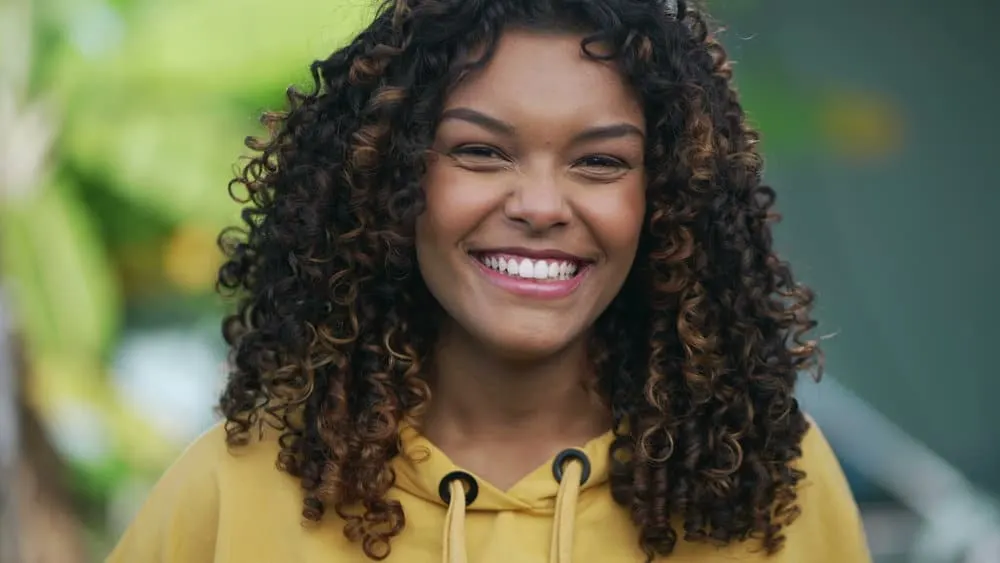
Dyeing your hair at home can seem like an impossible feat. There are numerous steps involved, and you’ve got to execute each one with precision to get good results.
If you’ve been itching to try out a new hair color and want to ensure you’re doing everything right, this is the article for you. In it, we’ll give you all the steps you need to dye your hair at home. Let’s get right into it!
Table of Contents
Start off with the Right Hair Dye
You’ve got lots of options when it comes to hair dyes. You’ll find permanent box dyes lining department store and drugstore shelves. In addition to that, you’ve got professional permanent dyes that are usually carried in beauty supply stores.
Then, there are semi-permanent dyes. You’ll have to decide which route you want to go (more on that below).
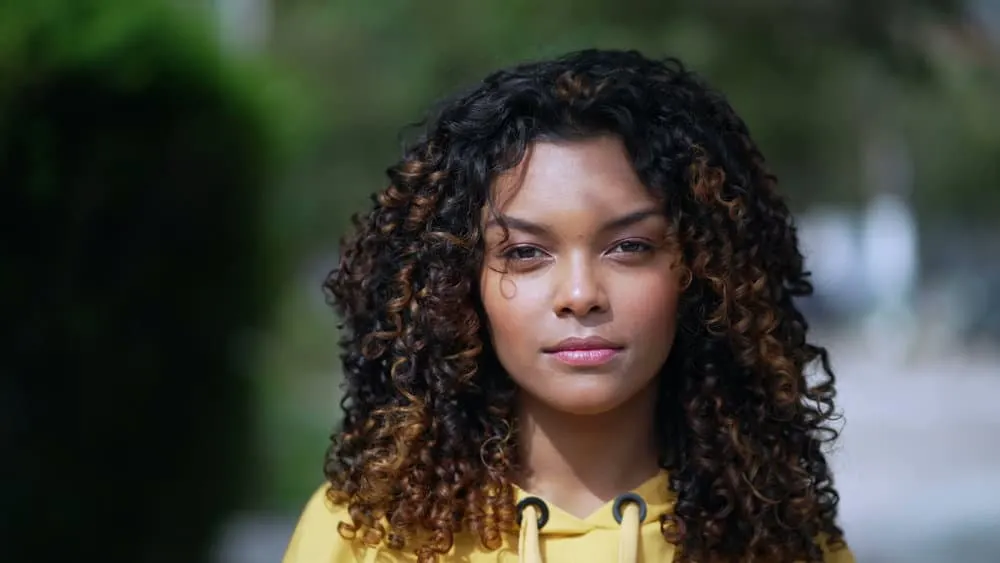
Permanent Box Dyes
Permanent box dyes, which often get a bad rap, are cheap and easy to use. However, they often result in one-dimensional color results that may not match the box’s color swatch.
But if you follow the directions exactly as they are written on the packaging, you can achieve various color transformations right at home. And your results will last anywhere from 6 to 8 weeks, on average.
Some of the top box dyes on the market include:
- Clairol Natural Instincts Demi-Permanent Hair Dye
- L’Oreal Paris Excellence Creme Triple Protection Color
- Garnier Nutrisse Nourishing Color Creme
- Clairol Textures and Tones
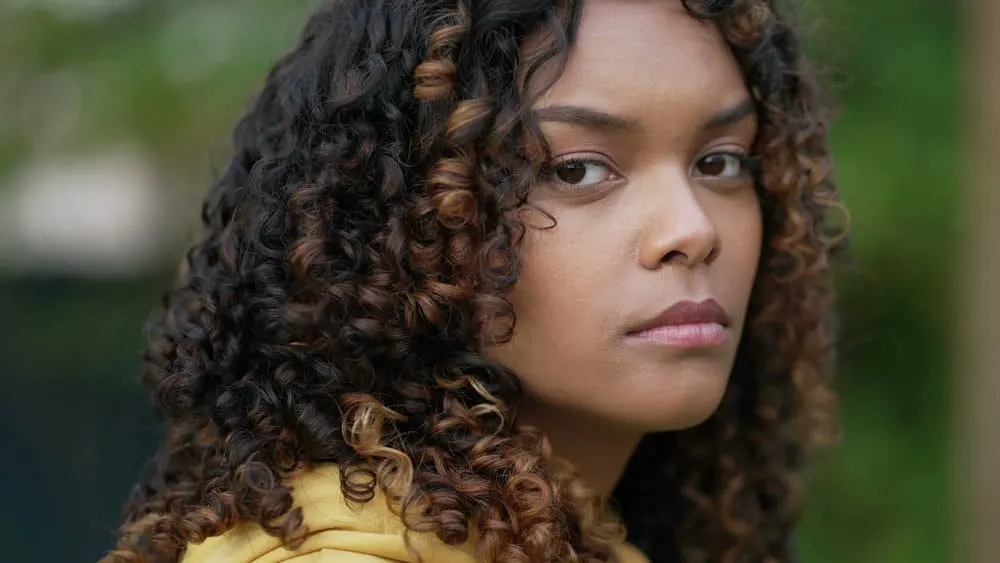
Permanent Professional Dyes
Permanent professional dye, on the other hand, is of higher quality all around. It is formulated to produce salon-level results with more color payoff and better longevity. The downside is that these dyes cost more and must be measured and mixed with the right amount of developer.
If you’re willing to get educated on the dye mixing procedure for your desired color result, you can get a professional-level dye result without the salon visit. You can expect your results to last around eight weeks or longer with proper hair maintenance.
Not all professional dyes are created equal. Here are some of the best:
- Schwarzkopf Professional Igora Royal Permanent Color Creme
- Wella ColorCharm Permanent Liquid Hair Color for Gray Coverage
- AGEbeautiful Permanent Liqui Creme Hair Color Dye
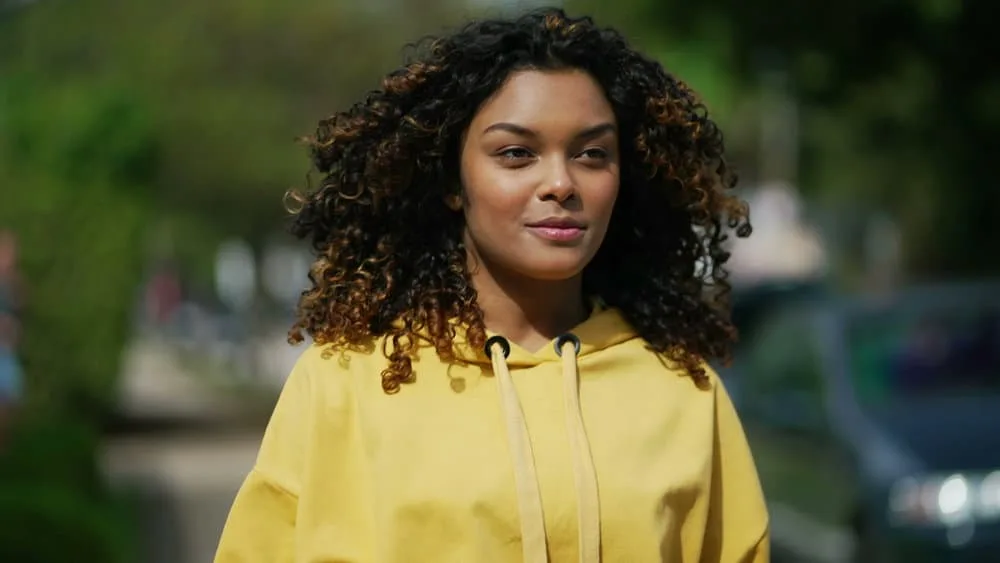
Semi-Permanent Dyes
As the name suggests, semi-permanent dyes will give you a semi-permanent result. The dye doesn’t penetrate your strands deeply. Instead, it stains the topmost layer of your strands.
Using semi-permanent dyes is relatively straightforward, but the results you get from these dyes won’t last longer than a month to a month and a half. Choose this dye type if you aren’t looking for a long-lasting result.
Just know that if you want a color that’s lighter than your natural hair, you’ll have to lighten your natural hair first.
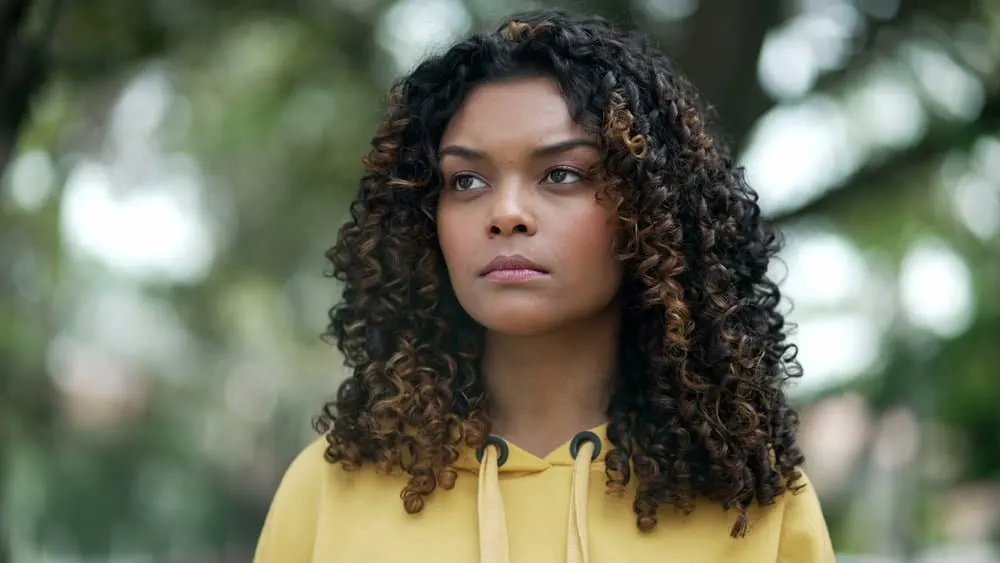
Demi-Permanent Dyes
Demi-permanent dyes are a great middle-ground for those who need a change but don’t want anything drastic. Demi-permanent dyes are deposit-only dyes that change the color of your hair without penetrating the hair shaft.
They give you longer-lasting results than semi-permanent dyes, but they won’t last as long as permanent ones. Opt for this dye type for a short-lived hair transformation close to your current hair shade.
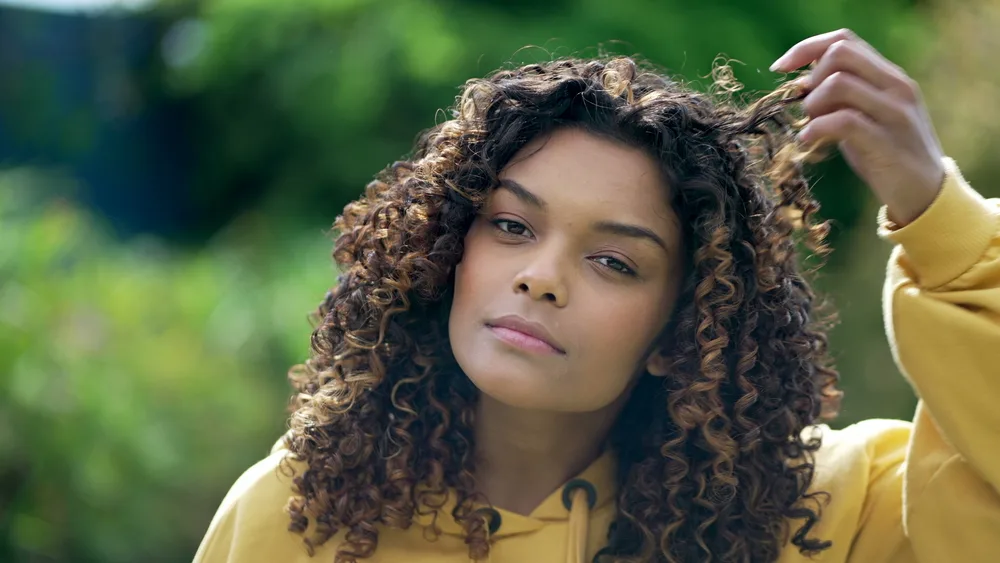
Test out the Color with a Patch Test
It can be tempting to just go ahead with the dye application process, but we urge you not to. Before you go slathering color onto your strands, you should do a patch test to ensure you’re not allergic to the dye.
To do a patch test, you’ll mix up a small amount of the dye according to the instructions on the packaging. For semi-permanent color, there’ll be no mixing required. Then, you’ll apply the dye to the fold of your arm or right behind your ear.
After you’ve applied the dye to your skin, wait 48 hours.
In the meantime, watch for skin irritation or general feelings of unwellness. If anything feels wrong, wash the dye off immediately, and don’t use the dye on your hair. If nothing happens, you’re good to use the dye!
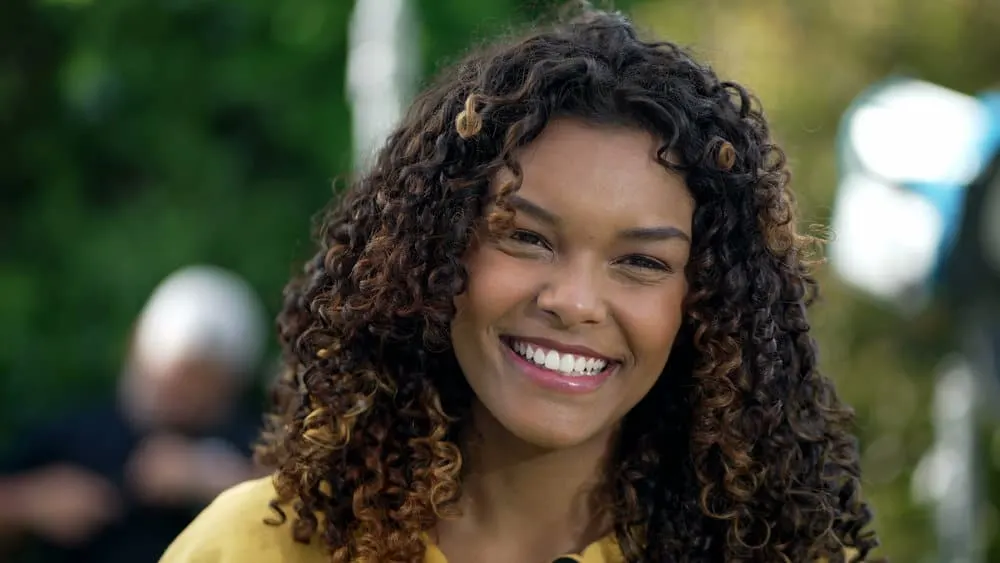
How to Dye Your Hair with Box Dye
Have you chosen box dye? Then, you’re in for a pretty straightforward coloring session. There are instructions on or inside the packaging, but they don’t tell you absolutely everything you need to know. Here’s how to dye your hair with box dye.
Gather Your Supplies
Box dyes are meant to contain all the supplies you need for the coloring process. But there are a few other things you’ll want to grab before you get started, including:
- Gloves (if not included in the box dye kit)
- Old towels
- Old shirt
- Conditioner (if not included in the box dye kit)
Prepare Your Natural Hair
With your supplies on hand, you’re ready to prepare your natural hair for the process. First, look at your hair and determine whether it’s healthy enough for dyeing. Here are some signs that your hair needs a little TLC before coloring:
- Excessive split ends
- Extreme dryness
- Brittleness or crunchiness
- Gummy texture
- Once you’ve determined that your hair is healthy enough for the dyeing process, ensure that it’s free of buildup. If you washed your hair within the last 1 to 2 days and there’s no visible buildup, you can skip to the next step. If not, you’ll need to wash your hair with your normal shampoo or a clarifying shampoo and then wait 24 to 48 hours to dye your hair.
Prepare Your Space
Before you start, you’ll want to lay out all your supplies in a room with good ventilation. You can also put down newspaper or towels wherever you’ll be applying the dye. It also helps to wear a shirt you don’t care much about and wrap a towel around your shoulders.
Protect the Skin Around Your Hairline
To ensure that the dye doesn’t stain the skin around your hairline, apply some Vaseline or petroleum jelly there. Apply it in the front, around your ears, and along the nape of your neck. Try not to get any Vaseline on your hair – it could affect your results.
Mix up the Dye
Your box dye will come with detailed instructions for how to mix the dye up. You’ll usually have to pour the contents from the dye bottle into the developer bottle and shake to mix. It’s usually no more complicated than that.
But there are instances when you’ll need to add a booster packet to the developer as well. This is often the case with lighter box dye shades.
Read those instructions carefully to mix everything up right. Always use the provided gloves when mixing the dyes – they can irritate your skin.
Apply the Dye to Your Hair
When applying the dye to virgin hair, you’ll start applying the dye to your mid-lengths and ends in sections. Use hair clips or elastic bands to keep unwanted sections out of the way. Then, you’ll go back and apply the dye to your roots.
If you apply the dye to your roots first, they will process quicker than the rest of your hair and get super bright (hot roots). If you’re touching up your roots to match the rest of your hair, you’ll only apply the dye to your roots.
Some people like to pull the dye through the rest of the hair before rinsing the dye out. That’s an option as well. When applying the dye to your hair, use a tinting brush for max precision. If your kit doesn’t come with a tinting brush, buy one yourself online.
Allow the Dye to Process
The dyeing process takes some time – usually between 25 and 45 minutes. But the best thing to do when determining how long to leave the dye on your hair is to read the instructions that came with your box dye. They are your source of truth.
At the same time, you can check the color-changing process by wiping a bit of the dye off a small sliver of hair and looking at it closely. If you haven’t yet gotten your desired result, add a little more hair dye to the section and leave it to process for more time.
Rinse the Dye Out
This part is extremely important because you should never leave hair dye chemicals in your hair longer than necessary. Massage your hair and scalp as you rinse to ensure all the dye is out. It could take several minutes to rinse thoroughly.
Condition Your Hair
After rinsing the dye out, you might notice your hair looks and feels slightly dry. Give your hair a dose of moisture and nourishment with a moisturizing conditioner.
There’s usually a conditioner included in your box dye kit, but that’s not guaranteed. If there isn’t one, you can use your own – just ensure that it’s moisturizing. A deep conditioner will work as well. Rinse once more, and you’re all done!
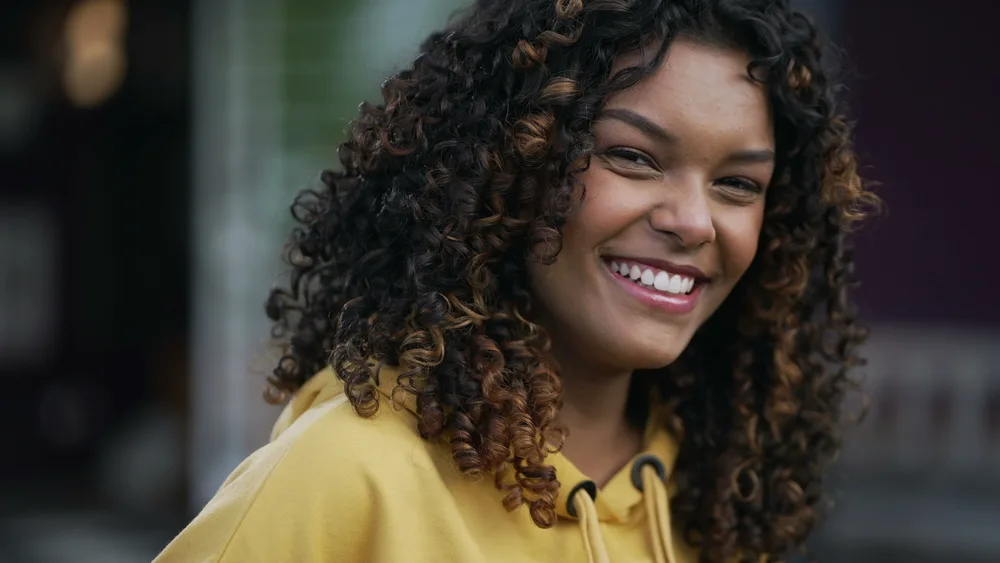
How to Dye Your Hair With Professional Dye
The dyeing process for professional dye is similar to that of box dye. The main differences to be aware of are the dye mixing process and the products you’ll need.
With box dyes, you don’t have to be mindful of how much developer and dye you’re using, and you don’t have to purchase a ton of products separately. But with professional dyeing, you do.
You’ll have to purchase the following if you go the professional dyeing route:
- Hair dye
- Developer – The developer strength you choose will determine how quickly your hair changes and how many levels of lift you’ll get. For at-home use, you’ll choose from volumes 10, 20, 30, 40, and 50. Most box dyes come with 20 volume developer, which will give you up to 2 levels of lift in one session. For up to 4 levels of lift, opt for 30 volume developer. 10-volume developer is ideal for going darker – it won’t lift your hair at all but will help the dye adhere to your strands. For at-home DIY color, we urge you not to use a developer higher than 40 volume; strong developers like these are much more likely to damage your hair than 10, 20, and 30 volume developer.
- Gloves – Go for plastic or latex gloves to keep the chemicals from coming in contact with your skin.
- Weight scale – You’ll use this to measure the dye and developer.
- Mixing bowl or applicator bottle
- Tinting Brush
- Petroleum jelly
- Hair clips
- Conditioner
When you go to mix your dye, you have a couple of options.
You can use a 1:1 or 1:2 ratio of dye to developer. The 1:1 ratio of dye to developer is standard for when you’re not going lighter. But if you are trying to lift your hair to a lighter level, a 1:2 mixing ratio is ideal.
Other than that, you’ll follow the instructions given in the previous section for hair prep, dye application, processing, rinsing, and conditioning processes.

How to Dye Your Hair with Semi-permanent Dye
Dyeing your hair with semi-permanent dye is one of the easiest things you’ll ever do if you know the basics. Since semi-permanent dye isn’t designed to penetrate your hair, you’ll prep your hair a little bit differently.
Here’s how to dye your hair with semi-permanent dye.
Gather Your Supplies
For semi-permanent hair color transformations, you’ll need semi-permanent dye (of course) in addition to the following:
- Gloves
- Mixing bowl
- Tinting brush
- Petroleum jelly
- Hair clips
- Conditioner
- Clarifying shampoo
Prepare Your Hair
Semi-permanent dye won’t adhere to your hair properly if it’s coated in oil and debris. So, start by washing your hair with a clarifying shampoo to remove any buildup or residue. Once you have washed your hair, towel-dry it until it is damp but not dripping wet.
Protect Your Skin, Clothing, and Work Area
Apply a thin layer of petroleum jelly along your hairline and on your ears to create a barrier between the dye and your skin. Additionally, wear old clothing and drape a towel over your shoulders to avoid staining your clothes.
It also helps to put newspaper or towels down around where you’ll be dyeing your hair. That way, you won’t have to tend to dye splatter stains later.
Get Your Dye Ready
Open your tube of dye and squeeze the contents into your mixing bowl. To make the dye easier to work with, mix it around with your tinting brush or a plastic spoon. You will not need to mix the color with a developer.
Apply the Dye to Your Hair
Apply the dye to your hair using a tinting brush (or your hands, if that’s more comfortable). Start at the roots and work your way down to the ends, making sure to saturate each strand evenly.
Take your time and work in small sections to ensure you don’t miss any areas. You don’t have to worry about hot roots with semi-permanent dye.
Give the Dye Some Time to Process
Once you have applied the dye, let it sit on your hair for anywhere from 30 to 45 minutes. If you’d like, you can even leave it on longer than this.
But be sure to check the instructions to be 100% sure and set a timer to stay on track. During this time, cover your hair with a shower cap to keep the dye from drying out and to trap the heat from your head, opening up your hair cuticles.
Rinse and Condition Your Hair
After the processing time is up, rinse your hair with cool water until the water runs clear or almost clear. This may take several minutes, but it’s important to ensure all excess dye has been rinsed out.
Then, apply your favorite conditioner or deep conditioner to nourish and moisturize your strands. Follow the instructions on your conditioner to get the best results.
In most cases, you’ll apply the conditioner or deep conditioner to your damp hair, comb it through for even distribution, and then rinse it thoroughly.
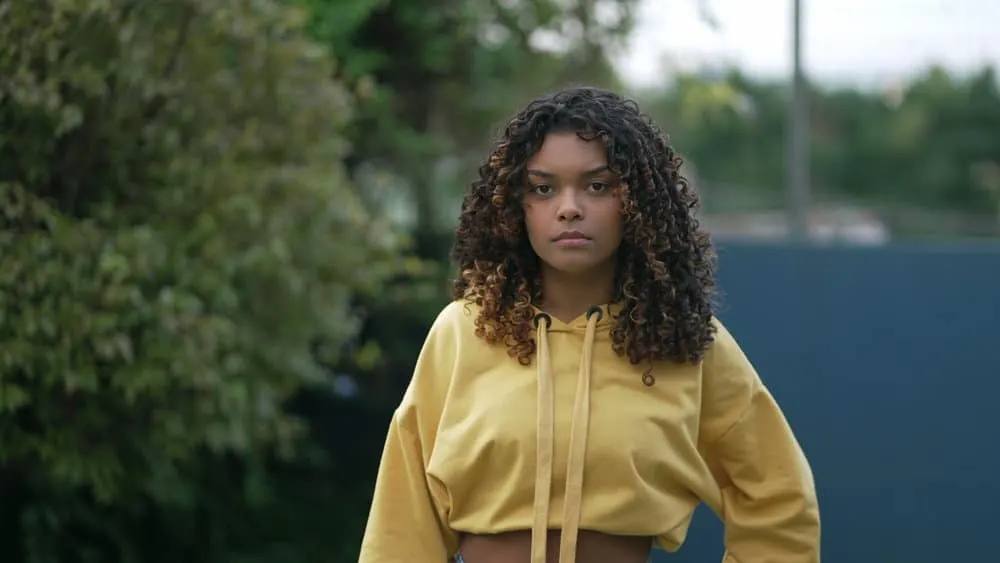
When to Reach Out to a Professional
As liberating as it is to take your hair color adventures into your own hands, there are some situations where it’s best to seek professional help. For example, if you want to go from chocolate brown to platinum blonde, or if your hair is already color-treated, a conversation or consultation with a professional colorist might be in order.
But that’s not the only time you might want to consider professional help. Here are a few situations where a professional could come in clutch:
- Your hair isn’t behaving the way it used to.
- Your hair looks stringy or feels gummy.
- You’re completely lost as to how to achieve your desired hair color result.
- You don’t like your results.
Professional colorists can help you understand your hair’s unique needs and suggest the best techniques and products for achieving your desired results.
So, there you have it – everything you need to know about how to color your hair. We hope you found all the information you were looking for, and we wish you the best as you switch up your hair hue!
